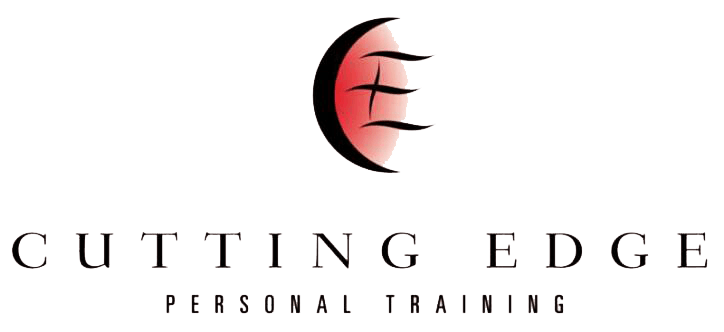February 17, 2023
Are Protein Shakes Good For You?
Are Protein Shakes Really That Good For You?

Protein shakes have become increasingly popular in recent years as a convenient and easy way to supplement protein intake, particularly for people who are looking to build muscle, lose weight, or recover from workouts.
However, there is a lot of debate and conflicting information about whether protein shakes are truly good for you.
Some argue that they are an essential part of a healthy diet, while others claim that they are unnecessary or even harmful.
In this article, we will take a look at the pros and cons of protein shakes and give you our take on whether or not they are truly good for you.
It's important to note that the article will aim to provide a balanced and impartial view on the topic, so the reader can make an informed decision.
The article will take into account the different sources of protein, the recommended daily intake of protein, and the benefits and risks associated with consuming protein shakes.
Protein Basics
Protein is an essential macronutrient that plays a crucial role in the recovery process.
In essence, protein makes up a variety of things in the body, such as enzymes, hormones, and structural proteins, which are all responsible for different functions.
Structural proteins, for example, are found in muscles, bones, and skin, meaning that the protein you get from food can make or break those structures in the body.
For instance, when a person engages in physical activity, the structural proteins in muscles can be damaged, and the body needs to repair them to prevent muscle weakness and injury.
Protein is also essential for the immune system, as it helps the body fight against infections and disease.
With all of this in mind, adequate intake of protein is crucial for the recovery process, as well as for maintaining overall health and immunity.
Therefore, protein is an essential component of a balanced and nutritious diet, especially during recovery periods.
Amino Acids
It is important to note that not all protein is the same. Proteins are made up of smaller units called amino acids, and these amino acids play different roles in the body.
There are 20 amino acids in total, nine of which are considered essential, meaning that the body cannot produce them on its own, and they must be obtained through food.
Different protein sources have different amino acid profiles, meaning that they contain different amounts of essential amino acids.
For example, animal-based protein sources, such as meat, eggs, and dairy, are considered complete proteins because they contain all of the essential amino acids in the right proportions.
Plant-based protein sources, such as beans, nuts, and grains, are considered incomplete proteins because they lack one or more of the essential amino acids.
Therefore, it's important to consume a variety of protein sources to ensure that you are getting all of the essential amino acids your body needs.
Protein Bioavailability
Another important basic fact about protein is its bioavailability. Protein bioavailability refers to the proportion of the protein consumed that is actually absorbed and utilized by the body.
Different protein sources have different bioavailability, meaning that they are broken down and absorbed at different rates.
For example, besides having a complete amino acid profile, animal-based protein sources like beef, fish, and even whey protein, have a high bioavailability, which means that a larger proportion of the protein is absorbed and used by the body.
Conversely, plant-based protein sources like soy protein have a lower bioavailability, which means that a smaller proportion of the protein is absorbed and used by the body.
Factors that affect protein bioavailability include the type of protein, the presence of other nutrients, and the cooking method.
Recommended Intake
The recommended daily protein intake varies depending on the individual but generally falls in the range of 0.6-1g of protein per pound of body weight.
Factors that can affect protein requirements include age, sex, activity level, and muscle mass.
For example, athletes and bodybuilders, who engage in regular, intense physical activity and need to build and maintain muscle mass, may require more protein than sedentary individuals.
All in all, if you’re an active trainee, aiming for 1g per lb of bodyweight per day is the ballpark.
To summarize - if you want to make the most out of your protein intake, it must be:
1. In sufficient quantities (~1g/lb of weight daily)
2. From highly bioavailable sources (mostly animal products and some plants)
Protein From Supplements
Alright, well, you just learned that protein from animal sources seems to be optimal in most cases due to its high bioavailability and complete amino acid profile.
But what about supplements?
Well, don't let anyone fool you into thinking protein from supplements is some kind of alien substance.
It's just the same good old protein you get from food, maybe even better in some aspects.
Protein supplements like protein powders, bars, and shakes are simply a concentrated form of protein made by extracting protein from food sources such as milk, eggs, or soy.
In some cases, they can be a convenient and easy way to supplement protein intake, especially for people who are looking to build muscle, lose weight, or recover from workouts.
But let's not forget, you can always get your daily dose of protein from good ol’ food sources like chicken, fish, and legumes.
All in all, supplementation with quality whey protein is not really linked to any adverse side effects, meaning that it can be a convenient way to boost your intake and meet daily needs.
Nevertheless, don’t forget that it won’t entirely replace food because let’s be real - there is nothing like a good steak (or a bowl of rice and legumes if you’re plant-based!)
The Verdict
In conclusion, from what we know, protein from supplements is the same as protein from food, and it can be a convenient and easy way to supplement protein intake.
It's important to note that, like all supplements, most protein supplements are not regulated by the FDA, and the quality of the product may vary.
Therefore, it's important to choose a reputable brand and check the ingredient list.
Also, it's important to know that whey protein, the most common protein found in supplements, has not been shown to have any significant negative side effects when consumed in moderation and in recommended doses.
And so… are protein shakes good for you? In our eyes, absolutely!

All Rights Reserved | Cutting Edge Personal Training | Privacy Policy




